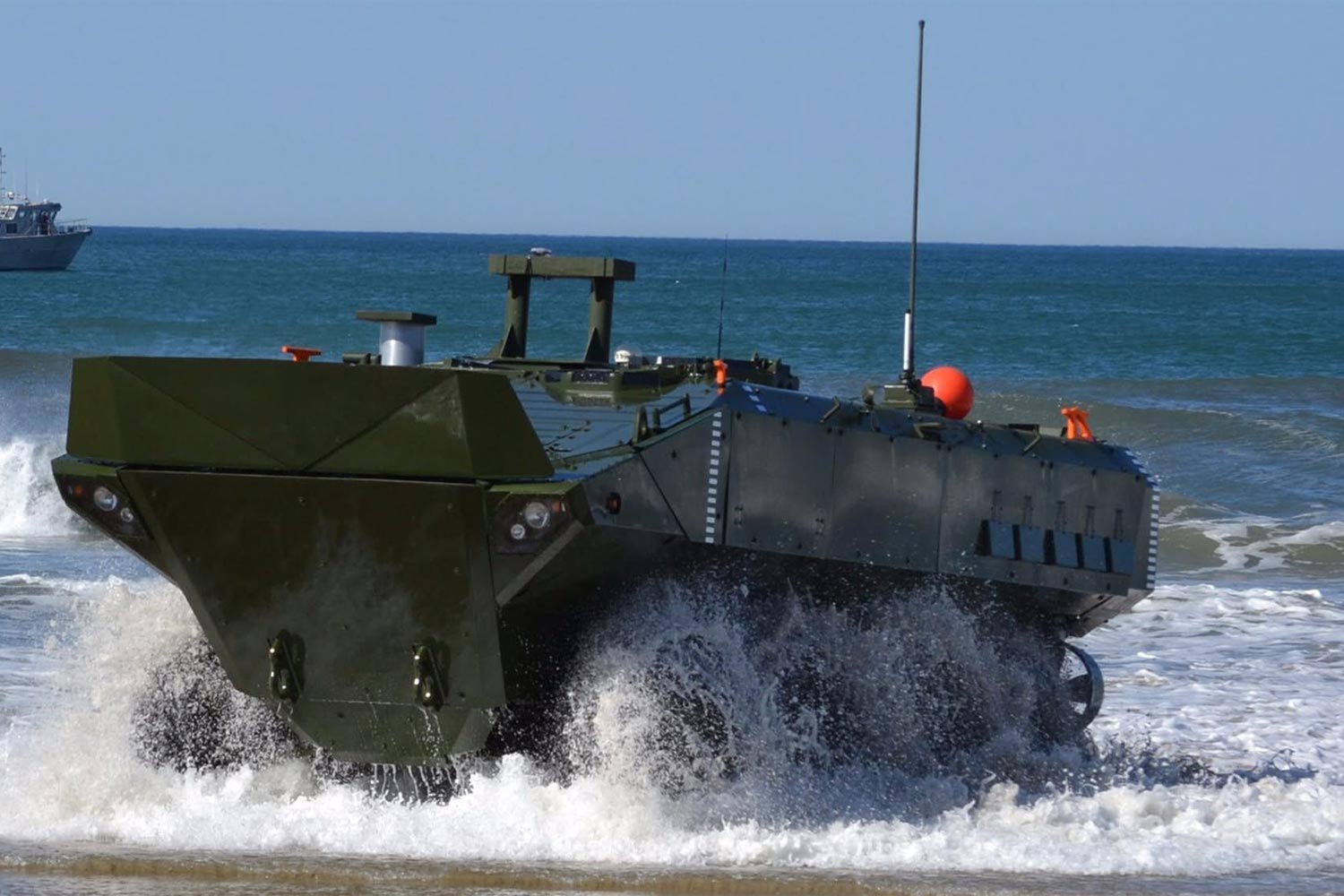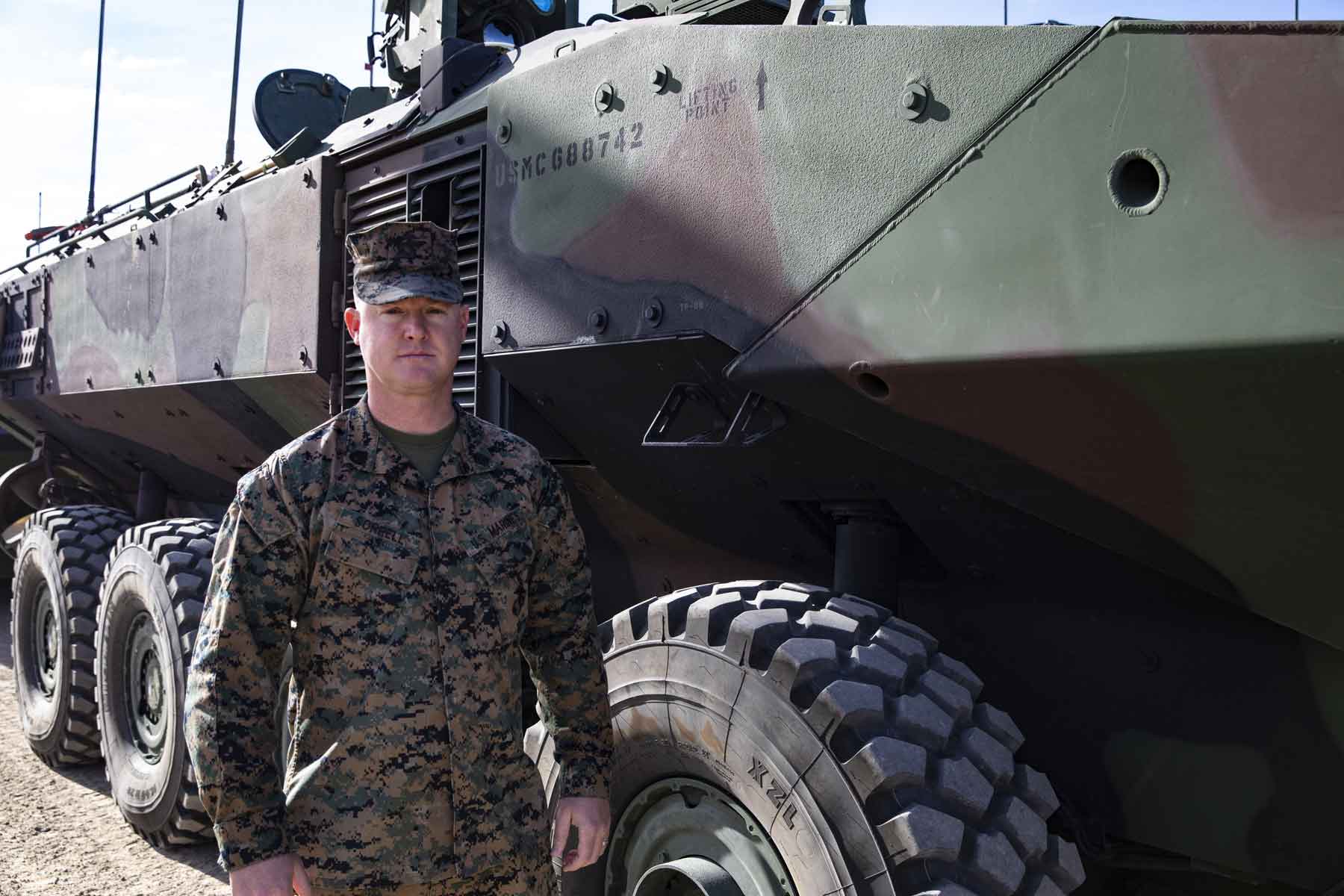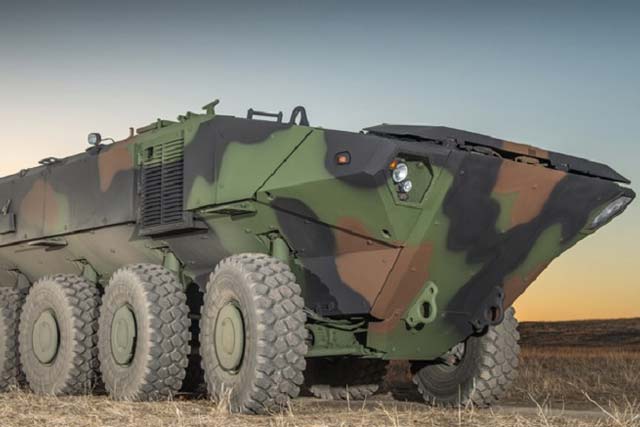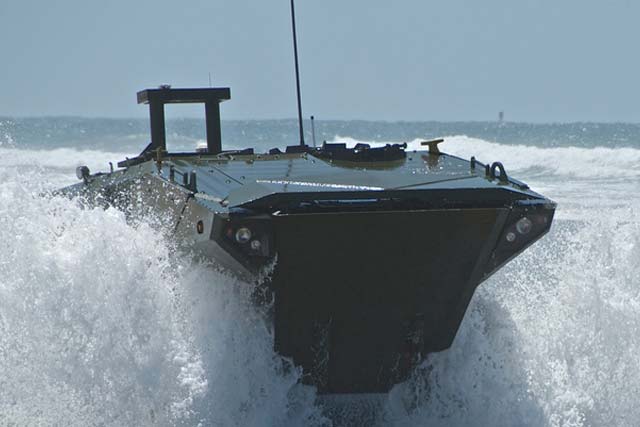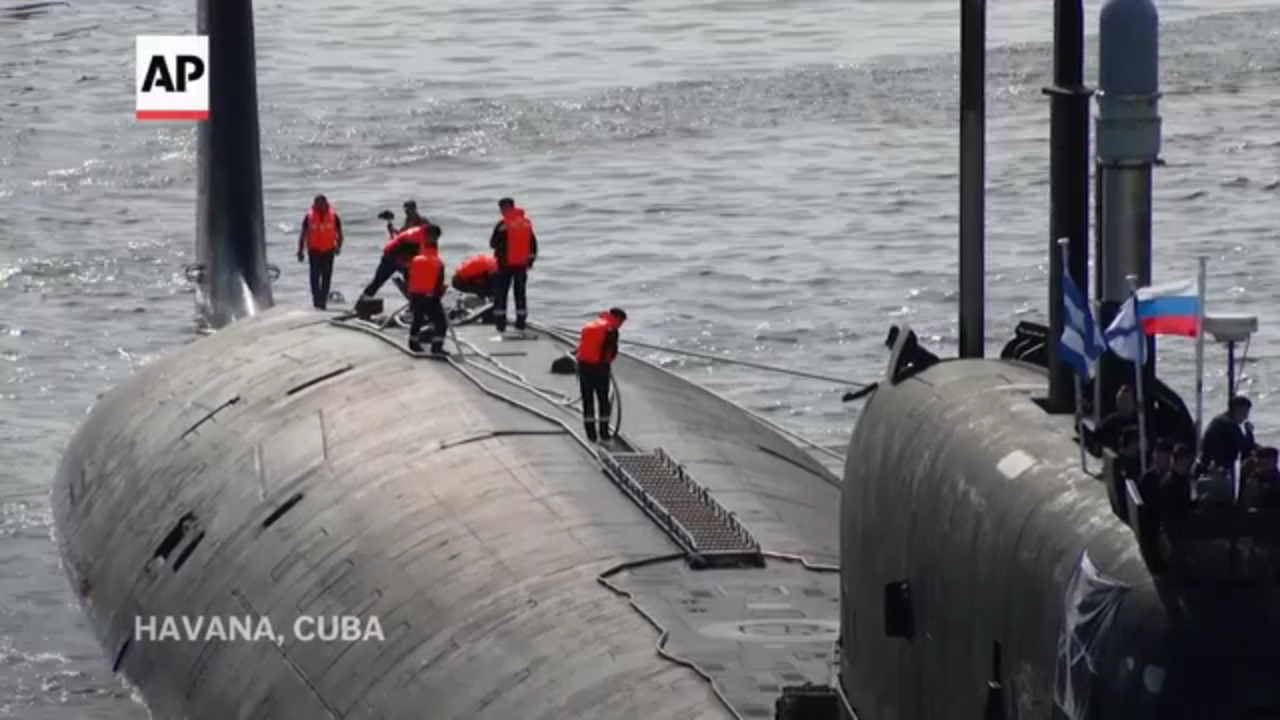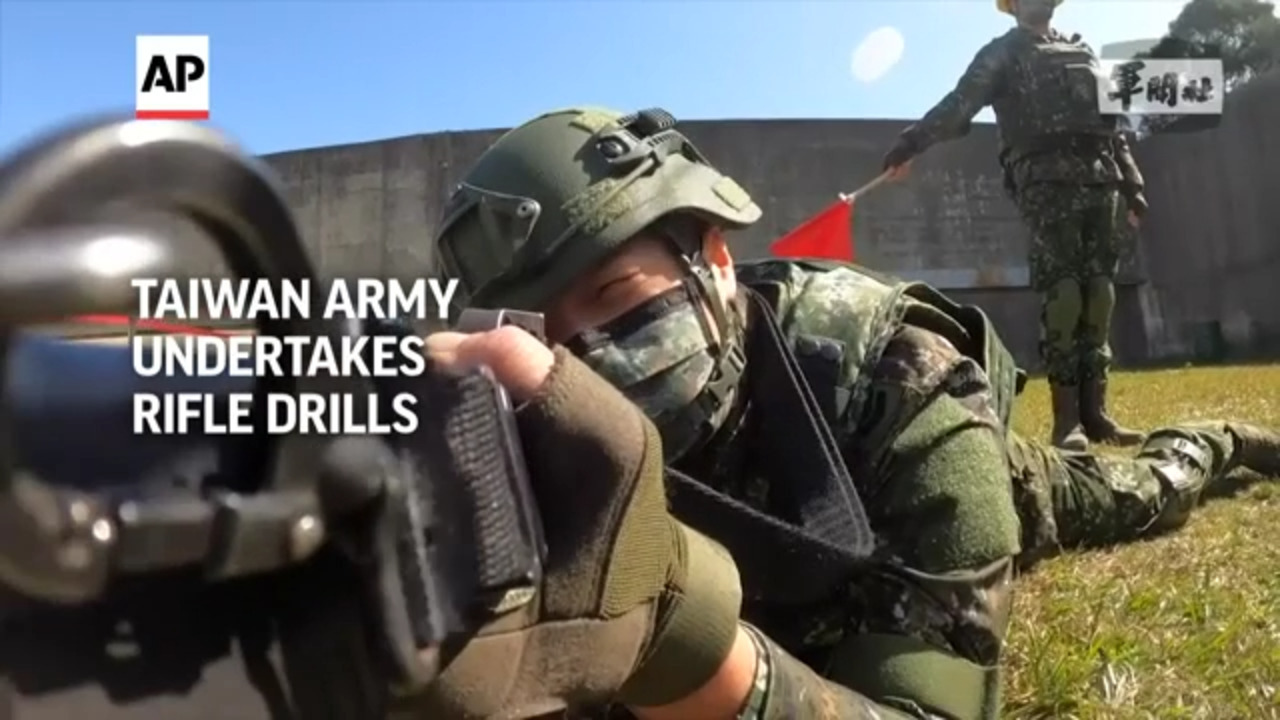Manufacturer: BAE Systems
Service: USMC
Engine: 690 HP
Weight: 35 tons
Armament: 30mm cannon (under development); M2 .50-caliber machine gun; M2/Mk 19 grenade launcher turret (under development)
Range: 325 miles; 12 nautical miles
Speed: 65 mph on paved road; 6+ knots in water
Personnel Capacity: 13 + 3 crew
Variants: Command-and-control, personnel carrier, recovery (under development)
The eight-wheeled Amphibious Combat Vehicle is set to replace the Marine Corps' tracked Amphibious Assault Vehicles, which date back to the early 1970s. The vehicle offers three times the force protection capability of the AAV and ramped-up horsepower, allowing it to travel at faster speeds over land -- up to 65 mph, compared to 45 mph for the AAV.
The Marine Corps is still in the hunt for an amphibious vehicle that can move at speed over water. The ACV and its predecessor have similar water speeds, but Marine officials have said they're pursuing phased approach with the new program. The second-phase ACV is intended to build in higher water speeds, although the timeline for development of this capability has not been set.
The Marine Corps kicked off competition for the ACV program in November 2015, selecting BAE and SAIC to build wheeled vehicles in the Engineering and Manufacturing Development phase. BAE chose to develop a version of IVECO's Italian SuperAV for the program; while SAIC developed the Terrex Infantry Carrier used by the Singapore Armed Forces.
BAE was awarded the ACV program in June 2018, with a $198 million contract for the first 30 vehicles. BAE's program also evolved into multiple variants. In addition to the standard personnel carrier, the company is now also making a command variant that features multiple work stations and advanced digital communications capabilities. BAE delivered the first command-variant vehicle to the Marine Corps for testing in February 2021. Also in planning are an ACV variant armed with a 30mm cannon, and a personnel recovery variant.
The ACV entered full-rate production for the Marine Corps in December 2020, with a $184 million contract for 36 vehicles. BAE said the first production lot is expected to grow to 72 vehicles by early 2021, and that production could reach 80 vehicles per year over five years.
Attention on ACV fielding has increased since a horrific July 2020 mishap off the coast of Camp Pendleton, Calif., in which eight Marines and a Navy corpsman died after their AAV sank due to mechanical failures and maintenance shortfalls. After the accident, the entire Marine Corps AAV fleet was suspended from water training for 10 months.
Current plans call for the last AAVs to be retired in 2026; by that time, hundreds of ACVs will have entered service for the Marine Corps.
